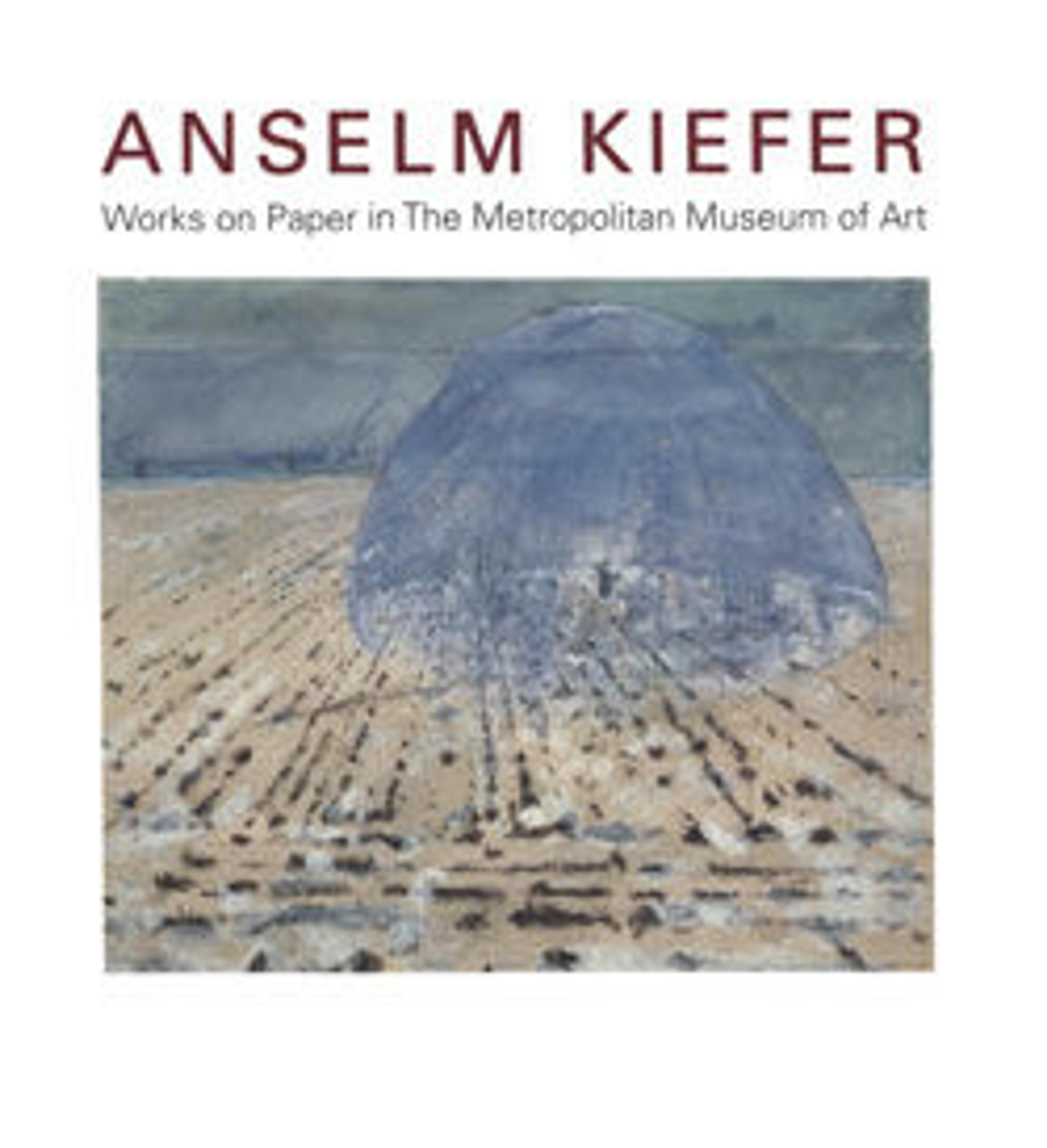Big Iron Fist, Germany
Kiefer recycled his 1969 self-portraits for new works related to the theme of transformation, as conveyed, for example, in the Babylonian epic of Gilgamesh and the Russian Cubo-Futurist poetry of Velimir Khlebnikov (1885–1922). Among his many distinctions, Khlebnikov devised a suprarational, transcendental language termed zaum (or "beyonsense") that was inspirational for artists such as Kazimir Malevich and Vladimir Tatlin. Kiefer read Khlebnikov’s poetry and was attracted to his invention of what the artist called a "huge system, with numbers, about history and battles and wars." The title of this work relates to a debate in West Germany in the early 1980s about increasing contributions for NATO tanks.
Artwork Details
- Title: Big Iron Fist, Germany
- Artist: Anselm Kiefer (German, born Donaueschingen, 1945)
- Date: ca. 1980–81
- Medium: Opaque watercolor and acrylic on gelatin silver print
- Dimensions: 32 3/4 × 23 1/8 in. (83.2 × 58.7 cm)
- Classification: Drawings
- Credit Line: Purchase, Lila Acheson Wallace Gift, 1995
- Object Number: 1995.14.37
- Rights and Reproduction: © Anselm Kiefer
- Curatorial Department: Modern and Contemporary Art
More Artwork
Research Resources
The Met provides unparalleled resources for research and welcomes an international community of students and scholars. The Met's Open Access API is where creators and researchers can connect to the The Met collection. Open Access data and public domain images are available for unrestricted commercial and noncommercial use without permission or fee.
To request images under copyright and other restrictions, please use this Image Request form.
Feedback
We continue to research and examine historical and cultural context for objects in The Met collection. If you have comments or questions about this object record, please contact us using the form below. The Museum looks forward to receiving your comments.
